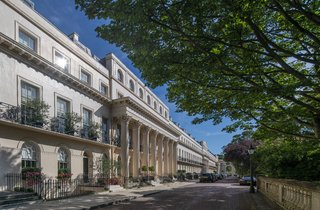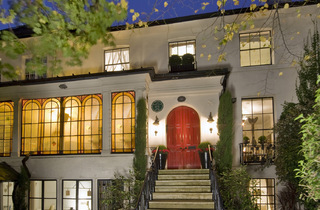The property market’s “unexpected mini-boom” in the aftermath of the first Coronavirus lockdown has pushed asking prices to a new record high, according to the latest monthly reading from Rightmove.
The national average asking price of property coming to market in June/July was £320,265; 2.4% (+£7,640) higher than in pre-lockdown March. A 3.7% annual rate of inflation is the highest since December 2016. But it remains to be seen whether higher asking prices translate into higher sold prices.
London has seen the slowest rate of growth of any region; asking prices in the capital have picked up by just 0.5% since March, leaving the annual change at +3.9% (still higher than the national average).Last month’s Rightmove index only reported on the English market, as restrictions on home moves were still in place in Scotland and Wales. This month saw “sufficient new seller asking price data” in Scotland and Wales to restart the full UK analysis, says the portal.
Escalating asking prices are being buoyed by rising demand; Rightmove has seen 75% more buyer enquiries go through the portal so far in July compared to the same period last year. The number of sales being agreed so far this month is also exceeding 2019’s figures in England, Scotland and in Wales.
New listings are also on the up. 11% more properties have been put up for sale in the last month compared to last year, despite Scotland and Wales not contributing for the full period. Total available sales stock is now 13% lower than last year.
44% of the 92,085 newly listed properties in the first month after the English market reopened have already found a buyer (40,741 agreed sales), compared to 34% for the equivalent dates last year.
“Current activity levels clearly show that Britain is getting moving again,” summarises the Rightmove team.
The Chancellor’s Stamp Duty holiday served to “amplify the buyer surge”. The number of sales agreed in the five days after the announcement (between the 8th and 12th July) was up by 35% on the same days a year ago. This is significantly higher than the 15% increase in sales agreed numbers in England measured in the month of June before the announcement.


